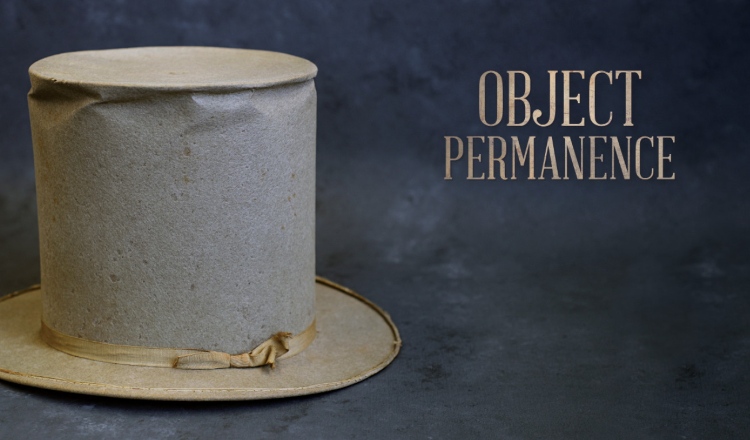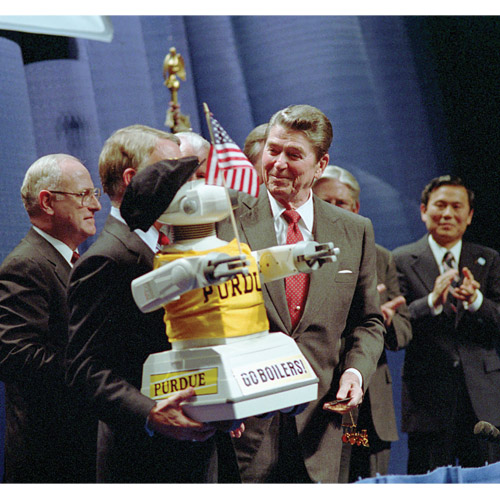
111. Reagan Robot
A huge crowd greeted President Ronald Reagan when he landed at the Purdue Airport on April 9, 1987. Administrators escorted the president on a tour of science and technology facilities on campus, specifically the recently completed Knoy Hall. After manipulating a robot control panel, Reagan was asked how it felt to push the button. “I wonder if I could replace Congress,” the president quipped. Reagan addressed a large and enthusiastic crowd at Mackey Arena, where Purdue Bands welcomed him with a rendition of “Hail to the Chief,” and he was presented with a Purdue robot in honor of his visit.
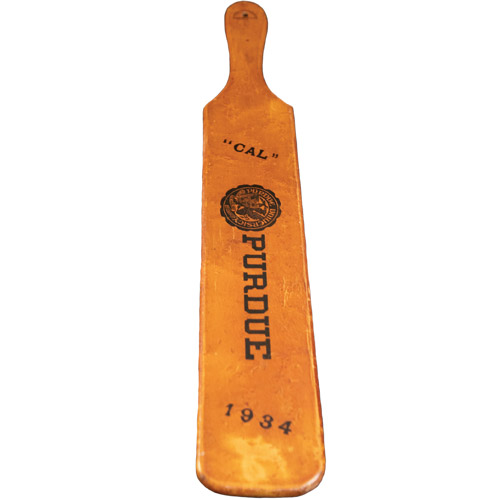
112. Reamer Paddle
Mirroring the Greek system, new Reamers are given paddles with their names and majors engraved. Paddles have long been associated with pledge initiations, symbolizing loyalty, dedication, and lifelong membership in the organization.
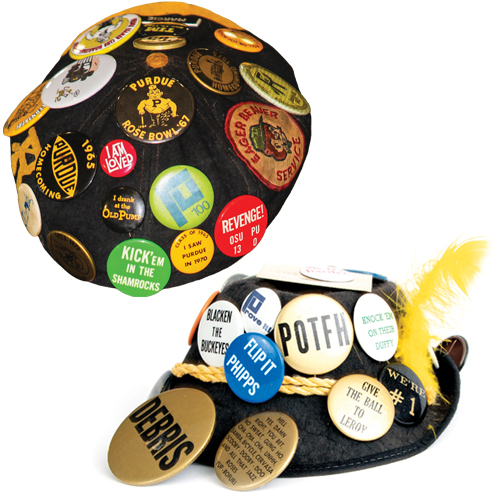
113. Reamer Pot
For many years, the Reamer Club appointed a designated buttons chairperson who designed and created new buttons almost weekly. The designs were usually themed around an upcoming game, and the bigger the rivalry, the more creative the button’s design. Although the Reamer Club no longer sells buttons as a fundraising tool, club members still sport black-billed pots decked out with buttons accumulated during their time at Purdue.
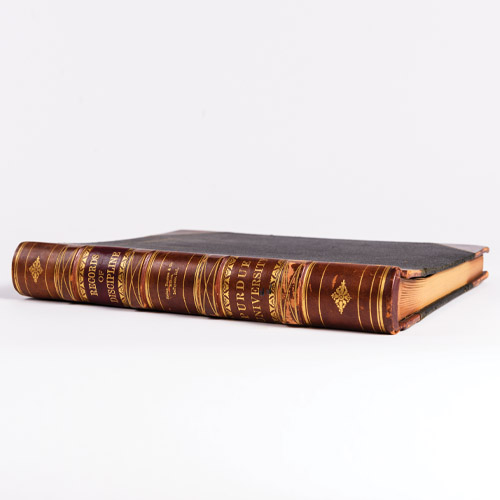
Courtesy of the Virginia Kelly Karnes Archives and Special Collections Research Center, Purdue University Libraries
114. Records of Discipline Book
Every incident of truancy or intoxication that was reported to the University Faculty Senate between 1902 and 1911 is cataloged in this weighty tome.
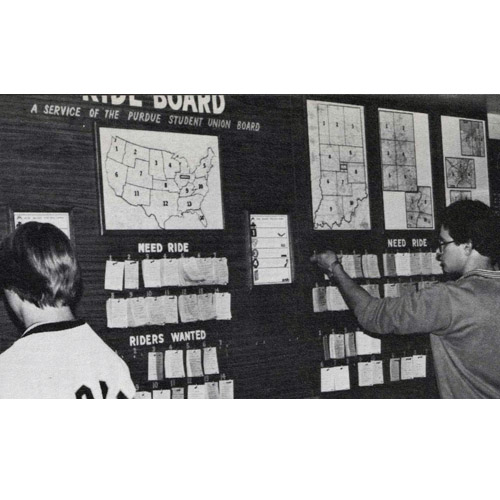
115. Ride Board
Before chat rooms, before cell phones, before Reddit, there was the ride board. A service of the Purdue Student Union Board, the ride board hung in the lower level of the Purdue Memorial Union and served as an easy means of connecting students traveling in the same direction. Riders found an inexpensive means of transportation, and drivers received some money to help cover gas. Although the physical ride board was dismantled in the mid-2000s, it lives on virtually in social media, where students still connect for rides.
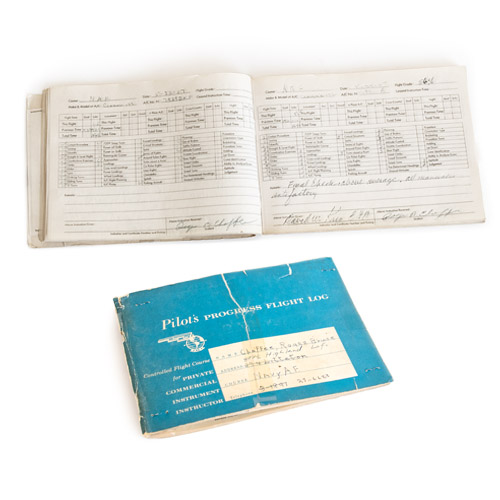
116. Roger Chaffee’s Flight Log
When Roger Chaffee (AAE’57) was a student in the 1950s, the future astronaut recorded each hour of flight training in a logbook that was graded by his instructors. Chaffee, selected for astronaut training in 1963, was killed in an Apollo training accident with Gus Grissom (ME’50) and Ed White in 1967.
Roger Chafee’s flight log is on display in Spurgeon Hall of Spirit at Dauch Alumni Center.
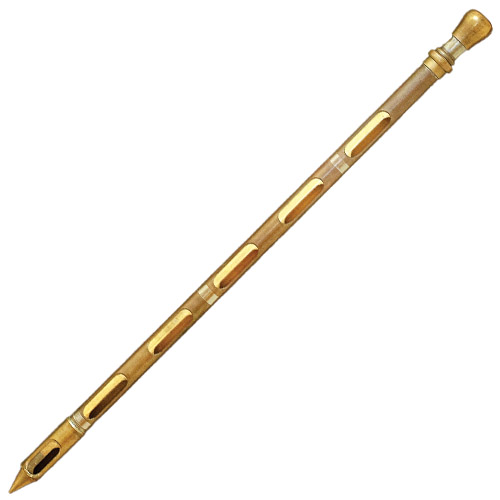
117. Sample Thief
This device, called a sample thief, was used to take samples of pharmaceutical powders from the bottom of large drums. The three-foot-long thief consists of two concentric brass cylinders, each with openings on the sides. To take a sample, the thief was first inserted into the drum of powder. The inner cylinder was then rotated using the knob at the top, aligning the openings and allowing the powder to flow inside. The knob was twisted again to close the openings and extract the sample. This thief belonged to Garnet Peck (MS P’59, PhD P’62), who retired as professor emeritus and director. The thief is displayed in a protective case outside the industrial pharmacy laboratory where Peck taught for 36 years.
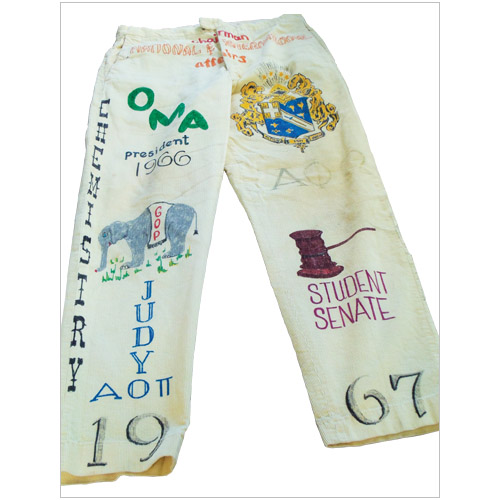
118. Senior Cords
The senior cord tradition at Purdue dates back to 1904, when two seniors spotted corduroy in a Lafayette shop and decided to have trousers made from the fabric. The fashion statement caught on, and soon the senior class decided that cords should be a senior privilege. Their popularity grew as students began personalizing their cords to reflect Greek or organization affiliations. The tradition is believed to have lasted until at least the early 1970s. Senior cords saw a resurgence on campus around 2000, when several student groups, most notably Mortar Board and Reamers, sported decorated cords to home football games once again.

119. Sidewalk Closed Sign
Campus folklore states that John Purdue included a number of edicts in his will, among them the fact that some part of campus must be under construction at all times. Problem is, Purdue didn’t have a will. Nevertheless, whether by car or by foot, detours have become a part of daily life on campus and around town. From a new small-format Target and high-rise apartments on Chauncey Hill to redirected roads to make way for new academic buildings, campus is changing fast. Don’t blink!
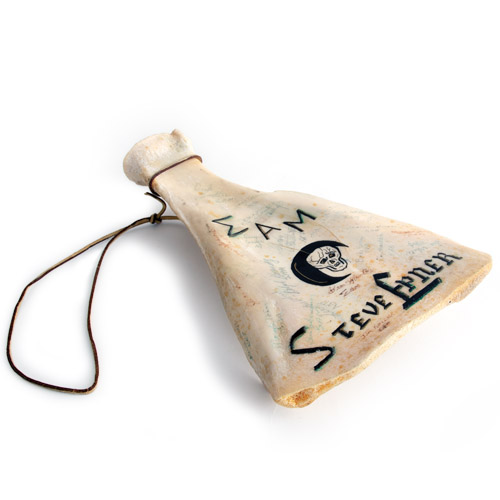
120. Skull & Crescent Paddle
Steve Epner (S’71, MS T’07) was inducted into Skull & Crescent sophomore honorary society in 1968. As part of his pledge period, he had to visit the local butcher shop to retrieve a bone and then clean, bleach, and decorate it. He carried the bone around campus asking sorority members to sign. Each signature was then coated in clear nail polish so it would not rub off.
Steve Epner’s Skull & Crescent paddle is on display in the Rudolph Room at Dauch Alumni Center.

